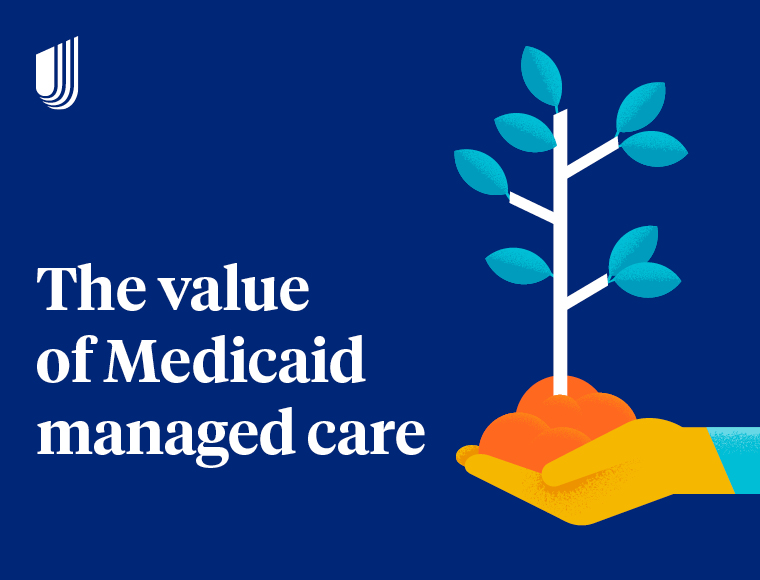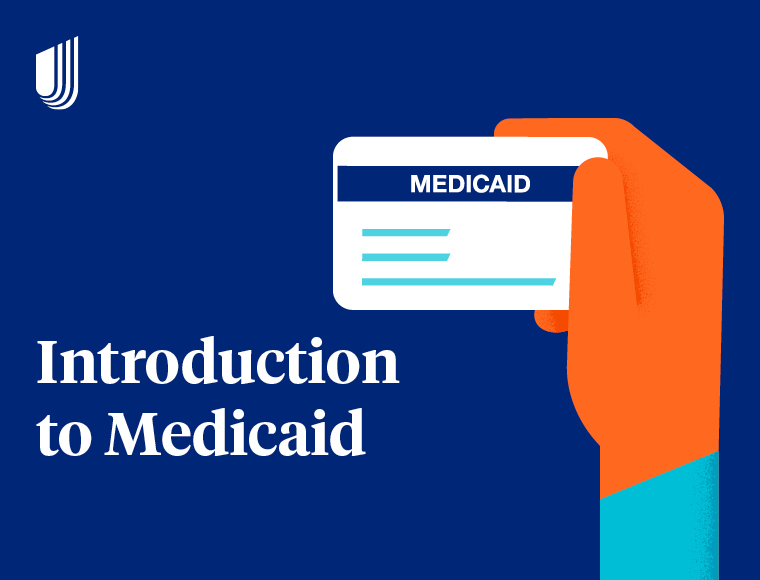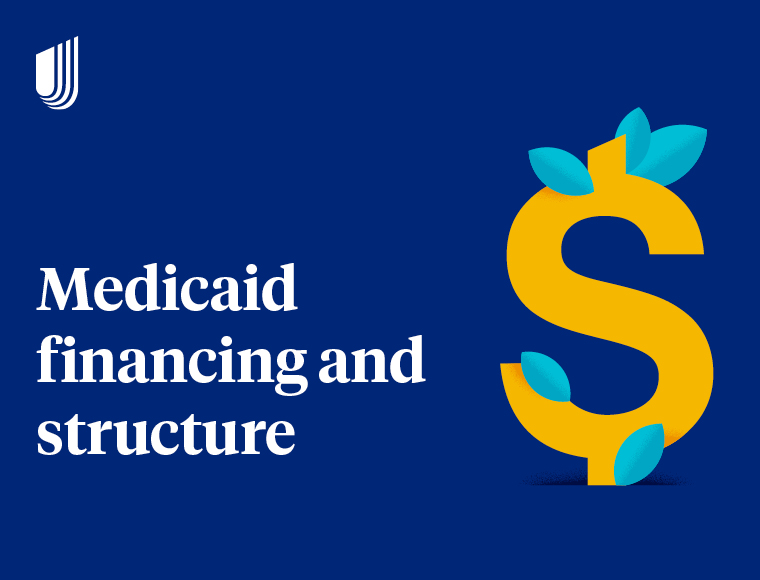Who Medicaid serves
In this second video from our Medicaid on-demand training series, we take a closer look at Medicaid eligibility: who qualifies, how eligibility is determined and why it can vary by state.
While Medicaid is designed to serve individuals with low income, eligibility is based on both financial and non-financial criteria, including income level, assets, population category and place of living.
This video addresses questions such as:
- What factors determine Medicaid eligibility?
- How is the Federal Poverty Level used to assess income-based eligibility?
- What is categorical eligibility, and how does it guide coverage decisions?
- What is redetermination, and why is it important for maintaining coverage?
- How does continuous eligibility work for children and other populations?
The video also outlines the five broad categories of individuals typically covered by Medicaid including pregnant individuals, children, adults with dependent children, individuals with disabilities and older adults. In addition, it explores Medicaid expansion under the Affordable Care Act and explains how some states offer coverage to specialized populations like children in foster care or people with specific medical needs.
Watch the video to build a better understanding of how Medicaid eligibility works and how state and federal policies impact access to care for millions of Americans.











